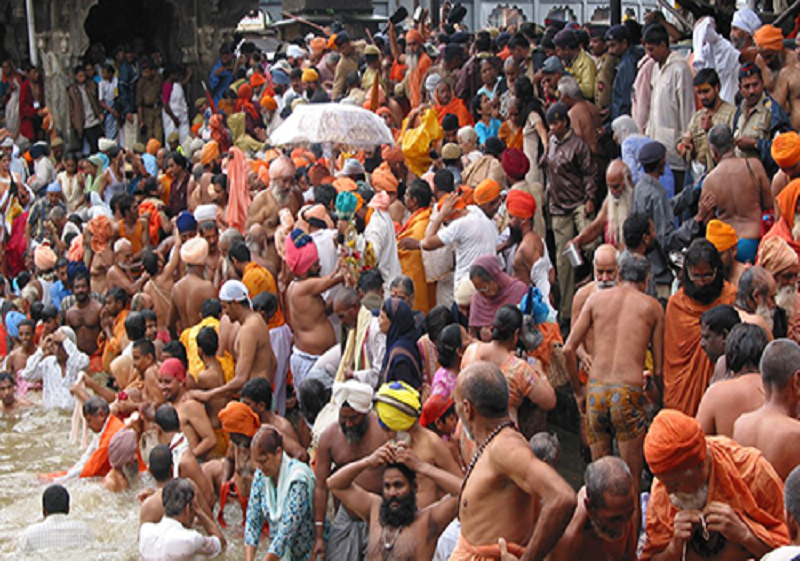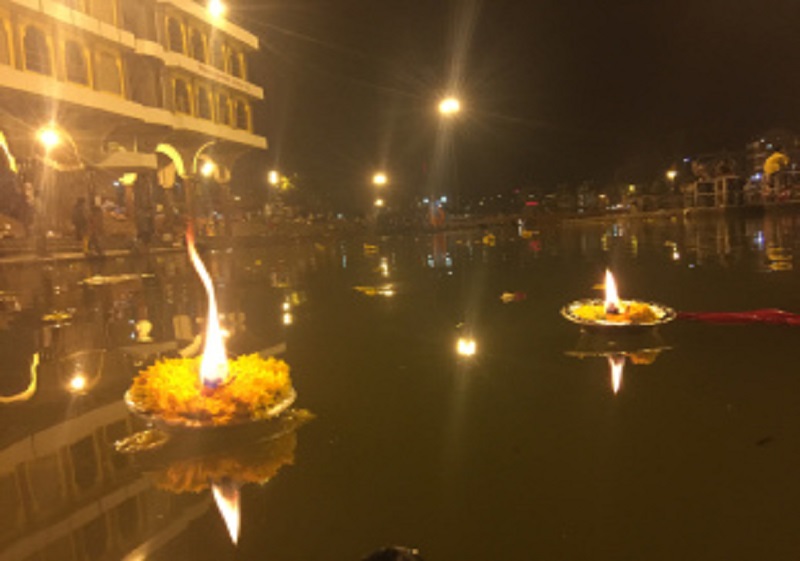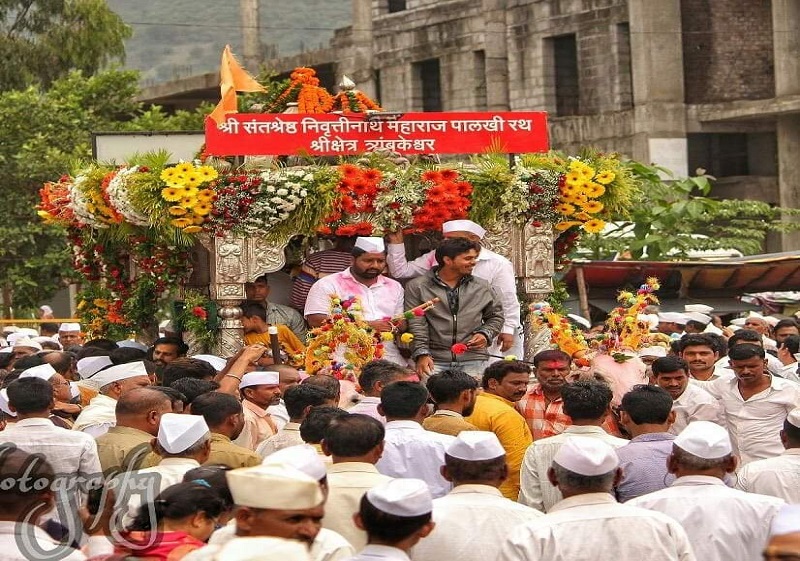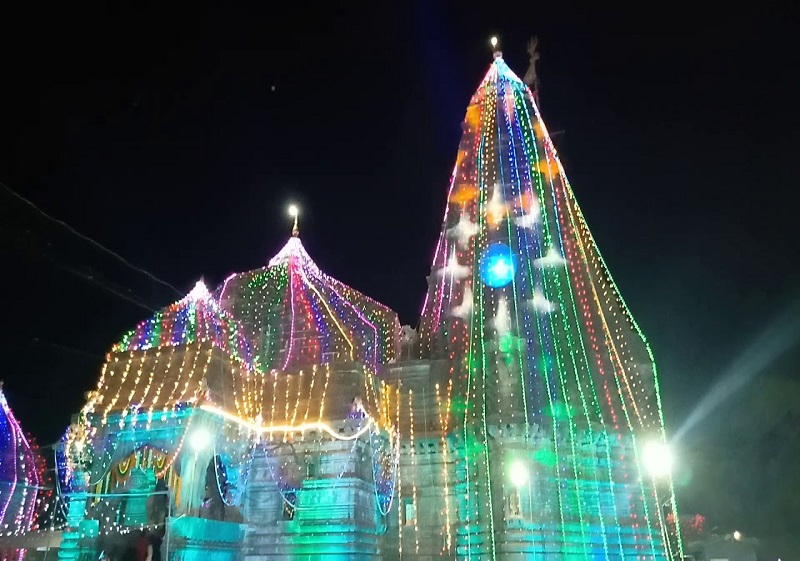Religious Festivals

Sinhastha Kumbha Mela
Once in twelve years when Bruhaspati or Jupiter is in Sinha Rashi (zodiac sign Leo). Nashik-Trimbakeshwar Simhastha is a Hindu religious mela held every 12 years in the Nashik district of Maharashtra, India. The name of the festival is also transliterated as Sinhastha or Singhastha. It is one of the four fairs traditionally recognized as Kumbha Melas, and is also known as Nashik-Trimbak Kumbha Mela or Nashik Kumbha Mela.The fair involves ritual bathing on the banks of Godavari river, at the Trimbakeshwar Shiva Temple (in Trimbak) and the Ram Kund in Nashik.
Godavari Day
In the month of Magha (February) - the first twelve days of bright moon.
The Godavari River descends from its origin in the Brahmagiri Hill and merges into the
Kushavarta Tirtha.The Godavari is India's second longest river after the Ganga.
The river has been revered in Hindu scriptures for many millennia and continues to harbour and
nourish a rich cultural heritage.The Godavari originates in the Western Ghats of central India
near Nashik in Maharashtra, 80 km (50 mi) from the Arabian Sea. It flows for 1,465 km.


Nivruttinath Yatra
Three days in Pausha - sometime in January.
This simple shrine with a narrow, colourful dome houses the samadhi of Sant Nivrutti Nath
(1195-1219), who was the older brother of one of Maharashtra’s most famous saints, Sant
Dynaneshwar. Nivrutti Nath was the first to achieve sainthood in the Varkari sampradaya
(tradition), and he guided all his three siblings, including the eventually more famous
Dnyaneshwar, besides Sopan and Muktabai, along the path to spiritual enlightenment.
Mahashivaratri
On the 13th day of Krishna paksha of the month Magha - some time in March. Mahashivaratri Festival is celebrated with devotion and religious fervor on the moonless 14th night of the new moon in the Hindu month of Phalgun. Devotees observe fast all through the day and night of Shivaratri in honor of Lord Shiva and pay a visit to Shiva temples. Ritual bath of Shiva Lingam with milk, water, honey etc is also performed by the devotees as a part of the tradition. Many believe that Shivaratri Festival marks the wedding day of Lord Shiva and Parvati. However, according to some legends, it was on the auspicious night of Shivaratri that Lord Shiva performed the ‘Tandava’, the dance of the primal creation, preservation and destruction.


Rathayatra of Trimbakeshwar God
In the month of Magha (February) - the first twelve days of bright moon.